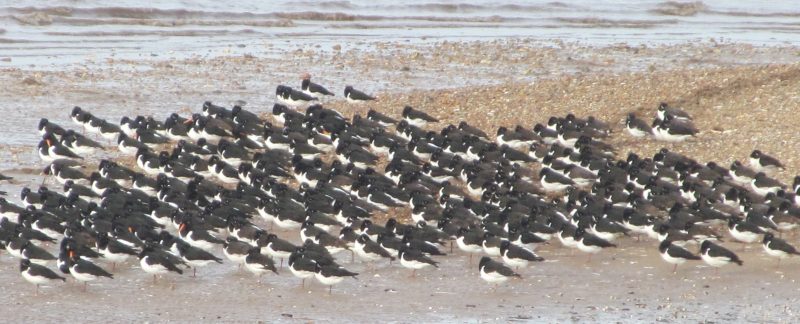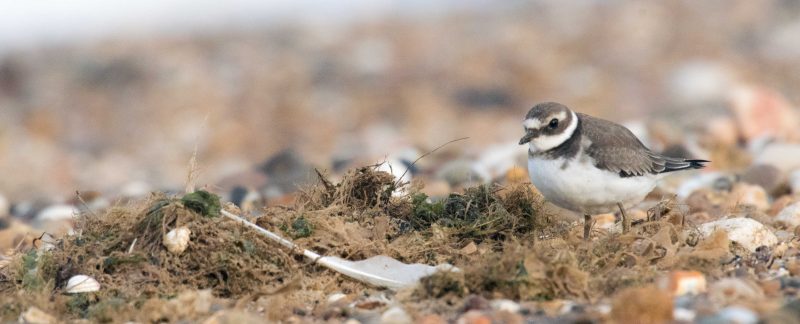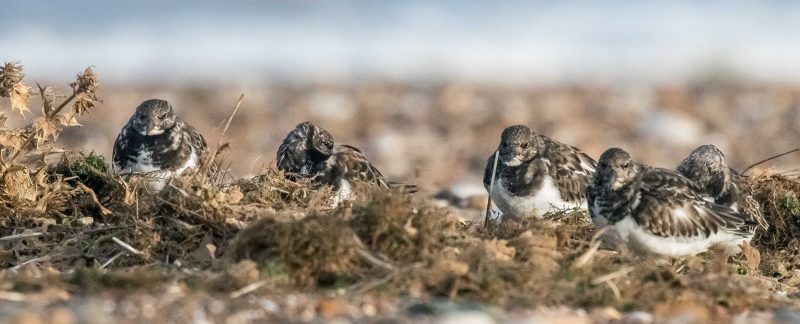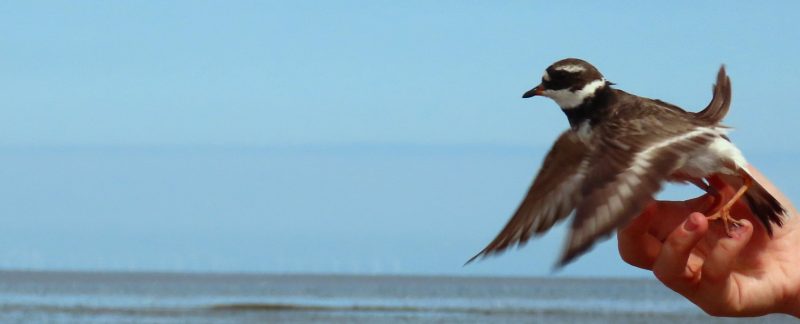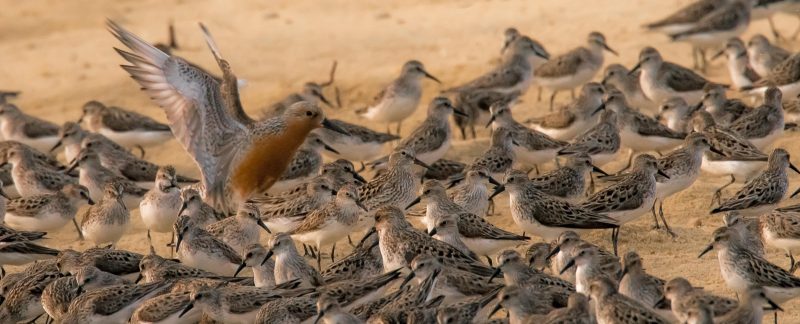Weather forecast
Saturday – strong winds
Sunday – less wind with rain
Recce and plan for the weekend
The original plan for the weekend, based on the timings for high tide and sunrise, was resighting on Saturday morning, mist netting on Saturday evening and a cannon net attempt on Sunday morning. However, the weather forecast soon made it clear that mist netting was not going to be an option for Saturday evening so a second plan was made which included a cannon net attempt on the rising tide on Saturday afternoon.
Continue Reading →
